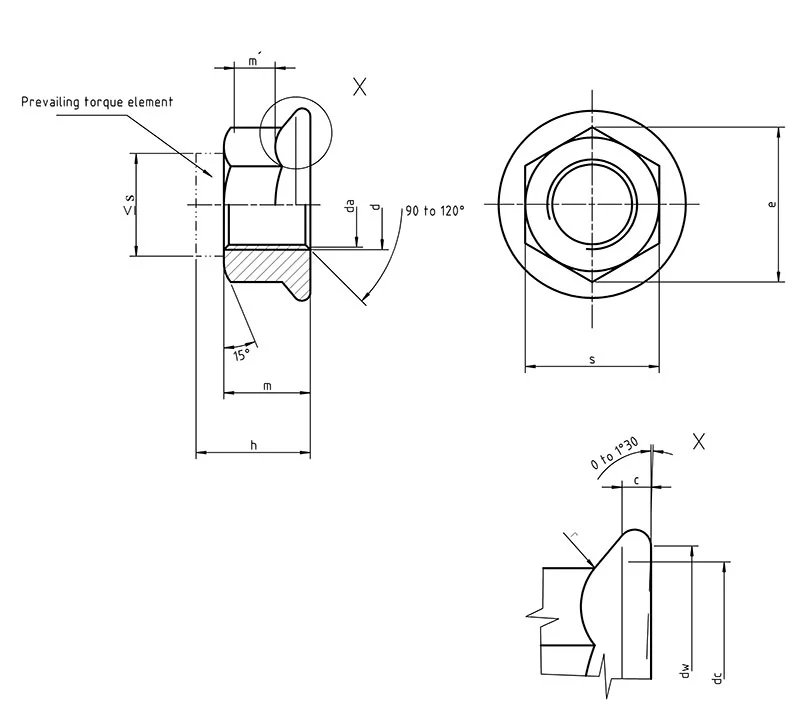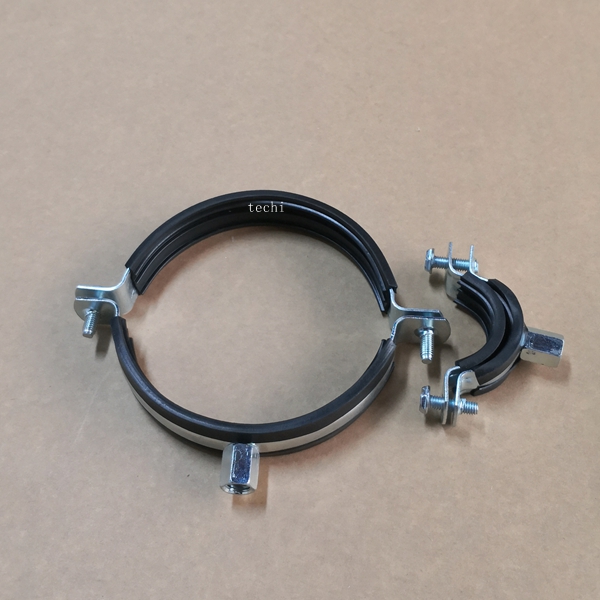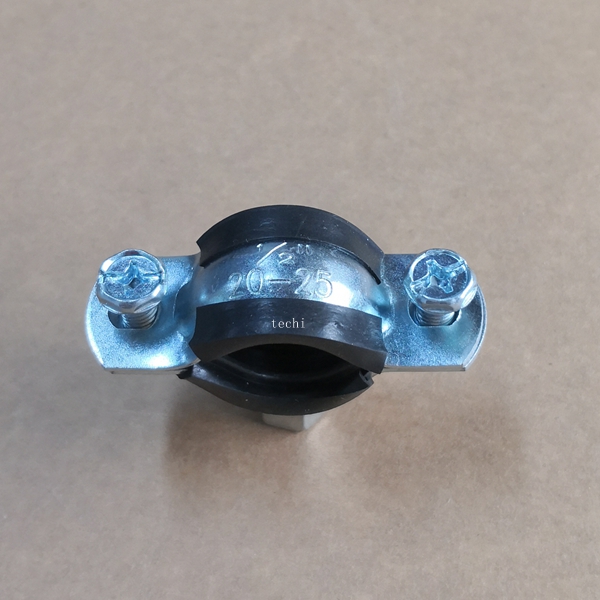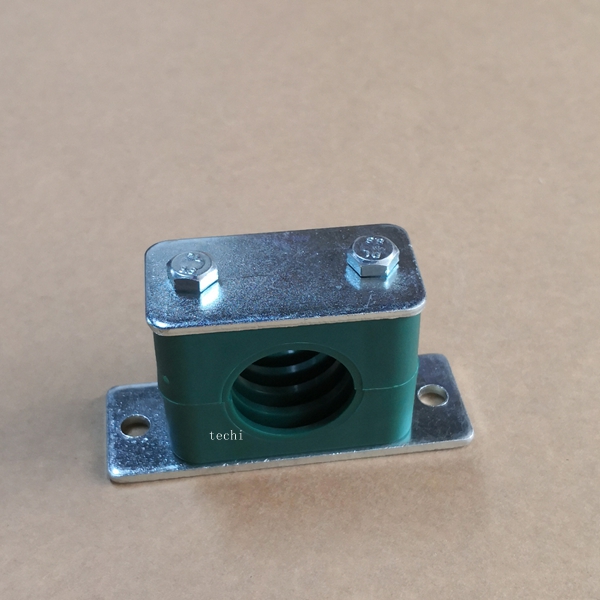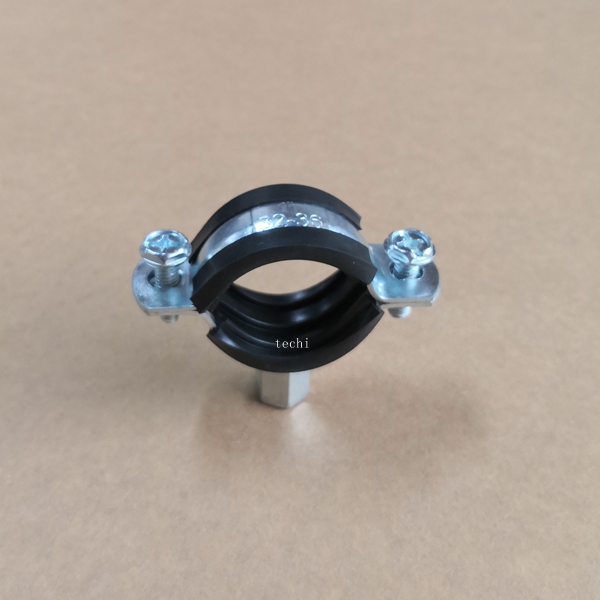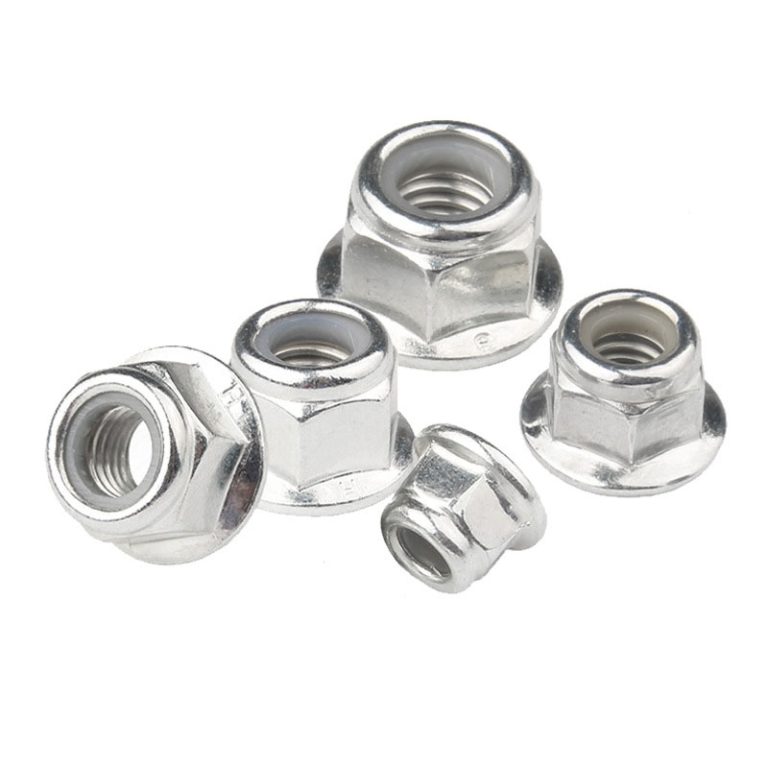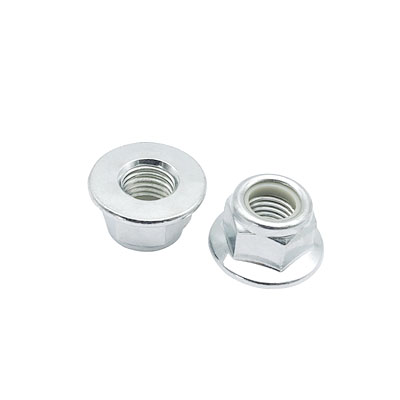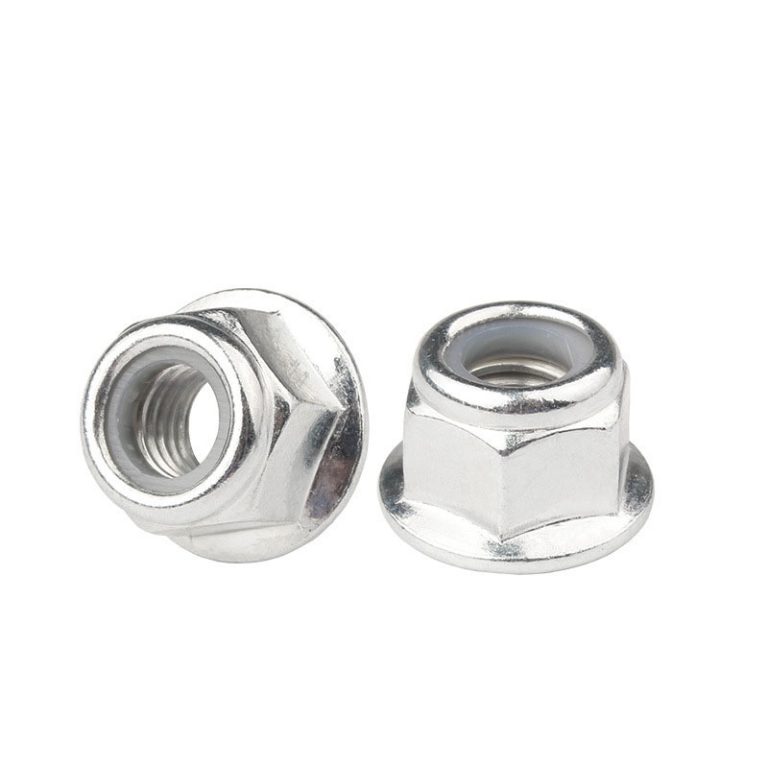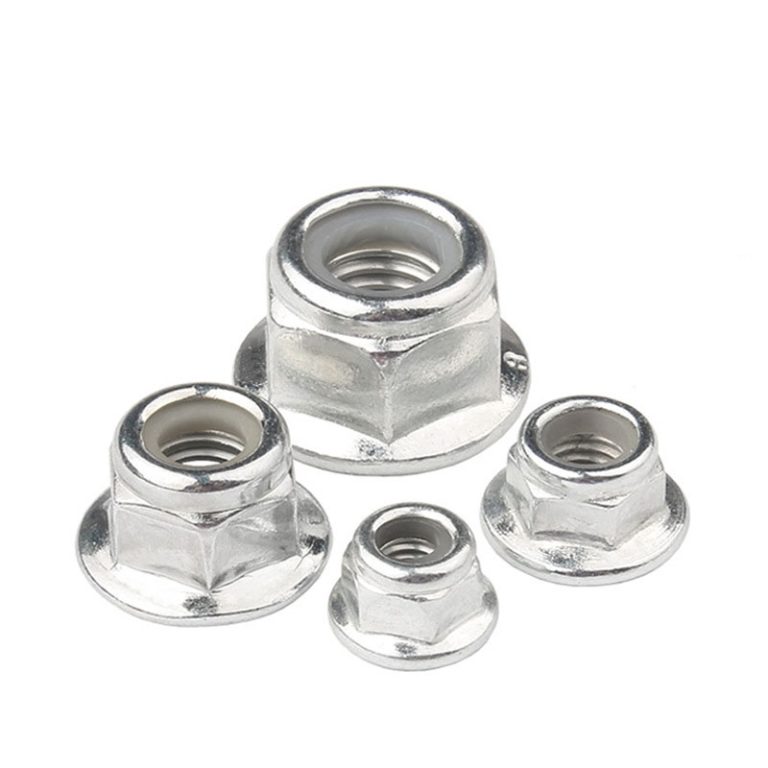Hex Flange Nylon Nut
The Hex Flange Nylon Nut is a specialized fastening component combining a hexagonal (hex) body, an integrated circular flange, and a nylon insert (typically at the top of the nut). It is designed to mate with external-threaded bolts/screws, leveraging the hex shape for easy wrench tightening, the flange for enhanced load distribution, and the nylon insert for vibration resistance (prevents loosening under movement) — making it ideal for dynamic or vibration-prone applications.
• Core Design Advantages:
◦ The built-in flange eliminates the need for additional washers, saving assembly time and reducing part count while spreading clamping force to protect soft materials (e.g., plastic, wood) from surface damage.
◦ The nylon insert creates friction with the bolt thread, forming a “prevailing torque” that keeps the nut secure in scenarios like automotive parts, machinery, or electronic enclosures (avoids loosening from vibration).
◦ The hex body ensures compatibility with standard wrenches/socket tools, enabling efficient installation and removal.
• Common Materials:
◦ Nut Body: Usually made of carbon steel (zinc-plated for rust resistance) or stainless steel (304/316 grade, for corrosion protection in outdoor/humid environments).
◦ Nylon Insert: Typically food-grade or industrial-grade nylon (e.g., Nylon 6/6), chosen for its elasticity, wear resistance, and ability to withstand moderate temperatures (usually -40°C to 120°C).
• Key Applications:
Widely used in automotive assemblies (e.g., undercarriage parts), household appliances (e.g., washing machines, air conditioners), electronic equipment (e.g., server racks), and outdoor fixtures (e.g., garden furniture). It excels in any application where anti-loosening reliability and surface protection are critical.
• Notable Features:
Most variants comply with industry standards (e.g., DIN 985, ISO 10418) for consistent thread size and flange dimensions; some are available with “non-slip flange serrations” (small teeth on the flange underside) to further enhance grip on mating surfaces.
